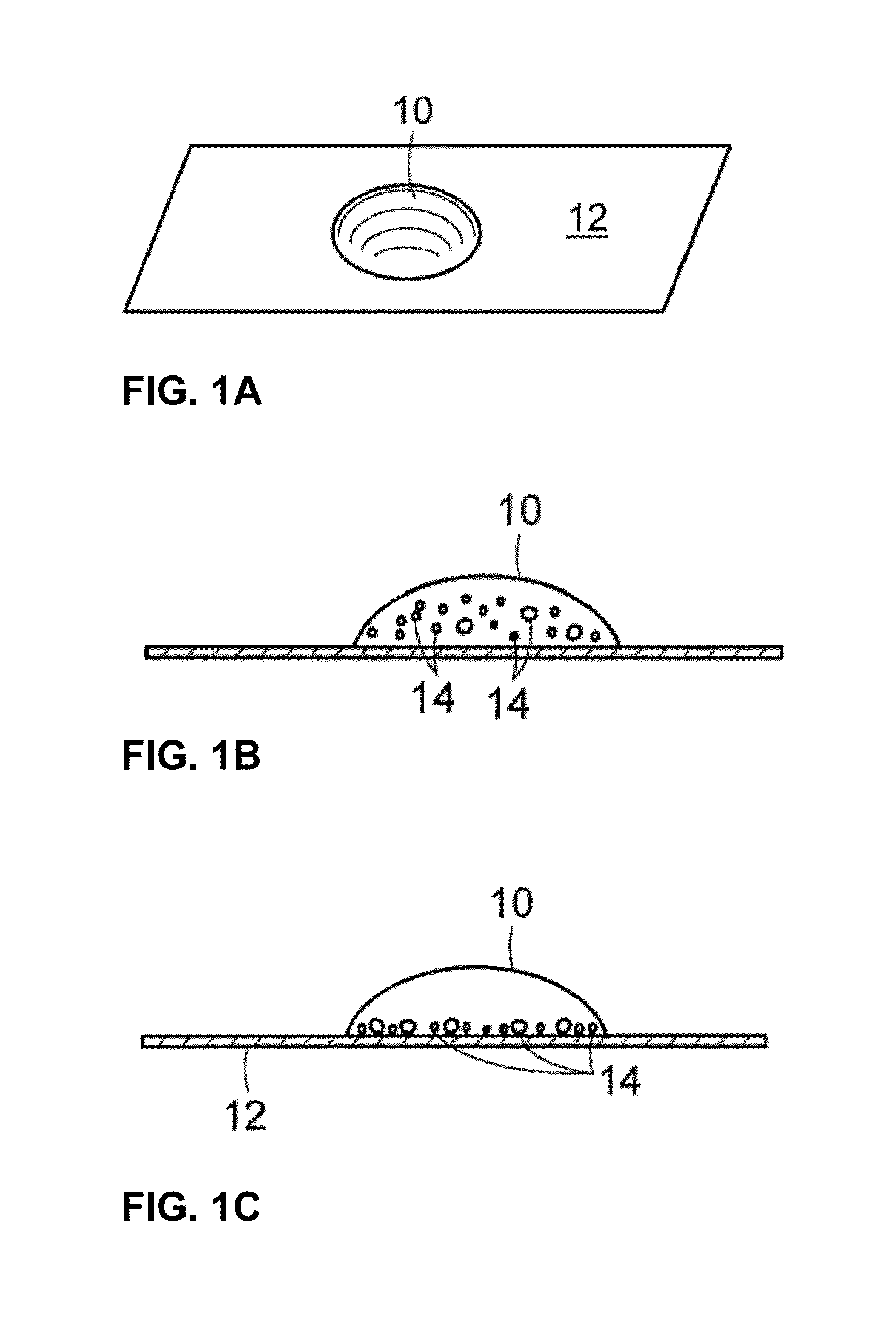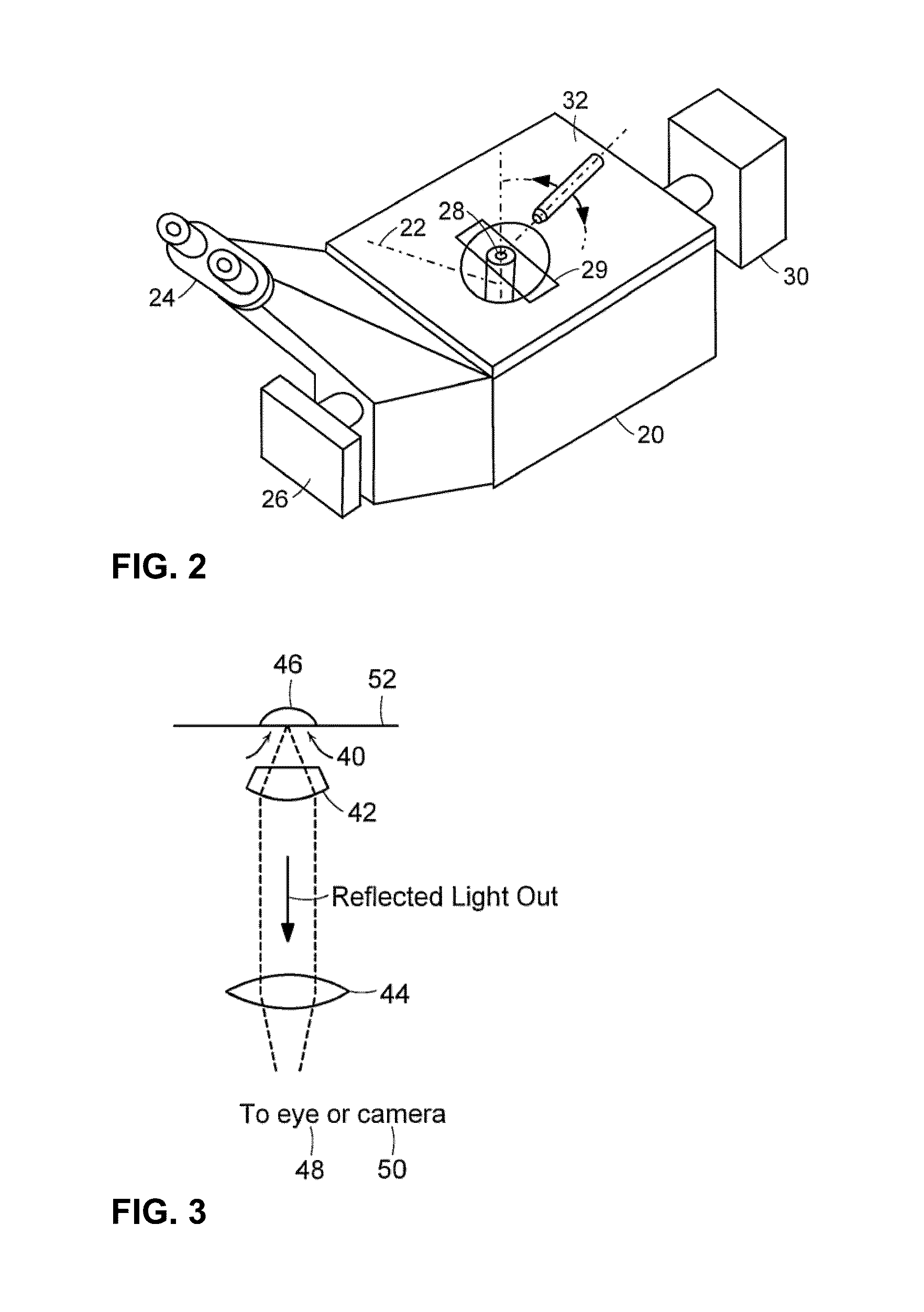Identification of blood elements using inverted microscopy
a technology of inverted microscopy and blood elements, applied in the direction of material analysis, instruments, measurement devices, etc., can solve the problems of high cost, high cost, and maintenance costs of systems, and achieve the effects of improving accuracy, simplifying method, and reducing test cos
- Summary
- Abstract
- Description
- Claims
- Application Information
AI Technical Summary
Benefits of technology
Problems solved by technology
Method used
Image
Examples
Embodiment Construction
[0042]Generally, the invention includes a new straightforward method of preparing a whole blood sample, in which a homogeneous monolayer distribution of RBCs, WBCs, and platelets is obtained from an aliquot of blood. Basically, an aliquot of anticoagulated blood is diluted with a stain reagent or other diluent and the diluted aliquot is placed onto a transparent substrate such as a coverslip, which may be glass or plastic. A droplet forms naturally, but may be constrained by external forces. Within seconds, cells settle to the surface of the coverslip. The cells do not overlap, but form a layer which can be easily viewed on an inverted microscope. The microscopic appearance of these preparations is similar to that of a well-prepared “smear” for a manual WBC differential count. The drop method described herein should have an advantage over the “smear” in that a homogeneous distribution of the cells is visible as opposed to selective distribution of some cells at the feather edge and ...
PUM
| Property | Measurement | Unit |
|---|---|---|
| wavelength | aaaaa | aaaaa |
| thickness | aaaaa | aaaaa |
| time | aaaaa | aaaaa |
Abstract
Description
Claims
Application Information
 Login to View More
Login to View More - R&D
- Intellectual Property
- Life Sciences
- Materials
- Tech Scout
- Unparalleled Data Quality
- Higher Quality Content
- 60% Fewer Hallucinations
Browse by: Latest US Patents, China's latest patents, Technical Efficacy Thesaurus, Application Domain, Technology Topic, Popular Technical Reports.
© 2025 PatSnap. All rights reserved.Legal|Privacy policy|Modern Slavery Act Transparency Statement|Sitemap|About US| Contact US: help@patsnap.com



